Editor’s Note: Today I am reporting from the Tenth Annual Conference of the Environmental Consortium of Colleges & Universities, a collaborative of 60 higher education institutions in the Hudson-Mohawk watershed. In her opening remarks, below, consortium director Michelle Land called on the region’s schools to realize their duty to our environmental future. Michelle is also director of the Pace Academy for Applied Environmental Studies, the home of EarthDesk. Tomorrow is day two of the conference. More information here. — John Cronin
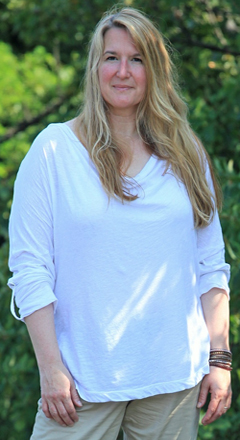
Michelle D. Land, director of the Environmental Consortium of Colleges & Universities, and director of the Pace Academy for Applied Environmental Studies. Photo by Russell Cusick
Ten years ago, twenty-five of us met at Pace Law School to explore the idea of a higher education consortium that would focus on our region. Father Thomas Berry and Professor Steven Rockefeller urged us to realize our collective duty to engage more fully in environmental affairs, and to use our collective talents to serve our regional environment.
This 10th annual conference is a time to reaffirm the Environmental Consortium’s founding idea, of which they spoke –– higher education is the one institution in society with the combination of intellect, talent, and resources to form the environmental future of our region, the nation, and the world.
We built our consortium on this principle — that our schools have a unique duty, and unique qualities to contribute, to society. In the intervening years, the emerging campus greening movement has also prompted us to gain a better understanding of our role, and the impacts of our own presence. We have learned much. But there is much to learn still about the space we occupy in the Hudson-Mohawk watershed, and the planet.
Pace Academy is quantifying how we occupy that space – not only as a group of individual higher education institutions but as a collective functioning community with its own profound effects on its surroundings.
We must use our inherent qualities of leadership, talent, and intellectual and political power to shape the future of our region.
Based on our preliminary projections, the 130 colleges and universities in the Hudson-Mohawk watershed:
- Teach a student population of approximately 870,000;
- Employ more than 93,000 staff and faculty;
- Occupy more than 40,000 acres of watershed;
- Consume more than 20 billion gallons of water annually.
Collectively, we are the largest community in the Hudson-Mohawk watershed, and the second largest community in the state of New York. The City of Buffalo, according to the U.S. census the second largest city in New York State, is smaller in landmass and population.
This is more than an interesting set of numbers. It is knowledge – knowledge that compels us to gain a heightened awareness of ourselves, and of the profound impact our presence has on the region. It is a reminder that we must use our inherent qualities of leadership, talent, and intellectual and political power to shape the future of our region.
As we look out over the next decade, we must together reaffirm our founding idea and mission. And we must fully realize our individual and collective capacities.
Each of our schools is an outpost in one of the most important, dynamic and diverse ecosystems in the nation. Our watershed has been a testing ground for environmental controversies of every stripe. American history was built on the history made here. At our headwaters is the nation’s first constitutionally protected wilderness. Where our rivers meet the sea is a world financial, political, media and philanthropic capital. It is our duty in the decade ahead to use our unique resources to transform our region into a world capital of environmental research, education and knowledge as well.
This is an exciting time for our colleges and universities. Never has our role been more important. Never have our collective talents and resources been more needed. And never has our duty to the future of the human and natural world been more clear.




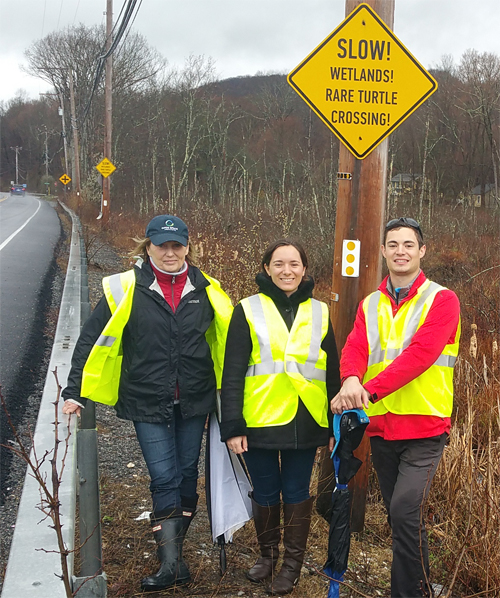
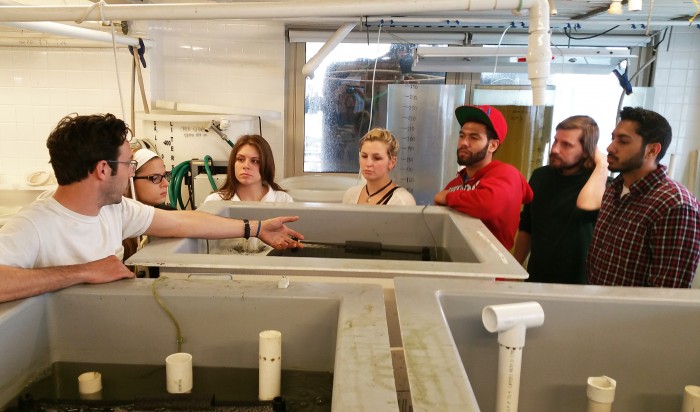

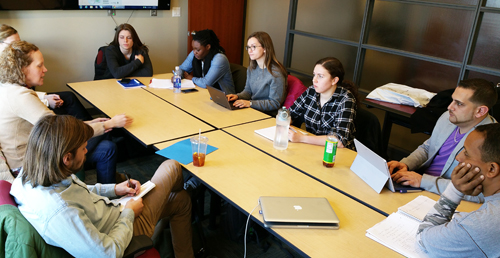
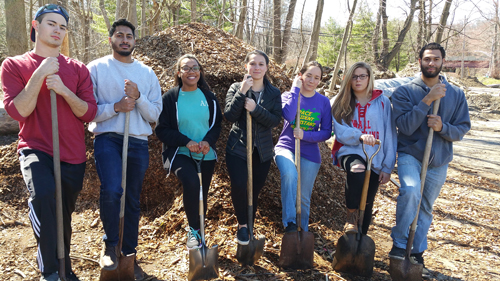

Great launch, Michelle…! Joe